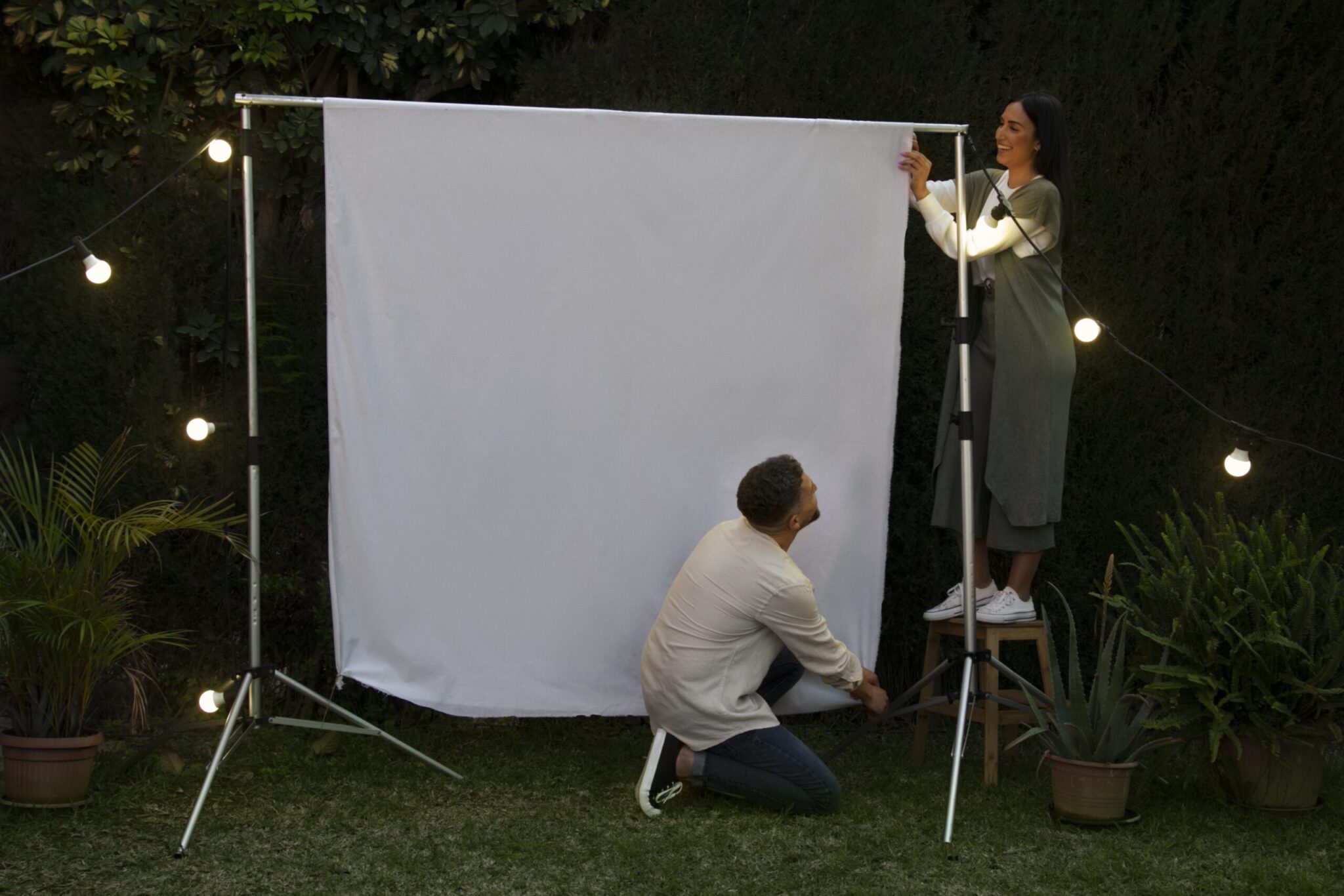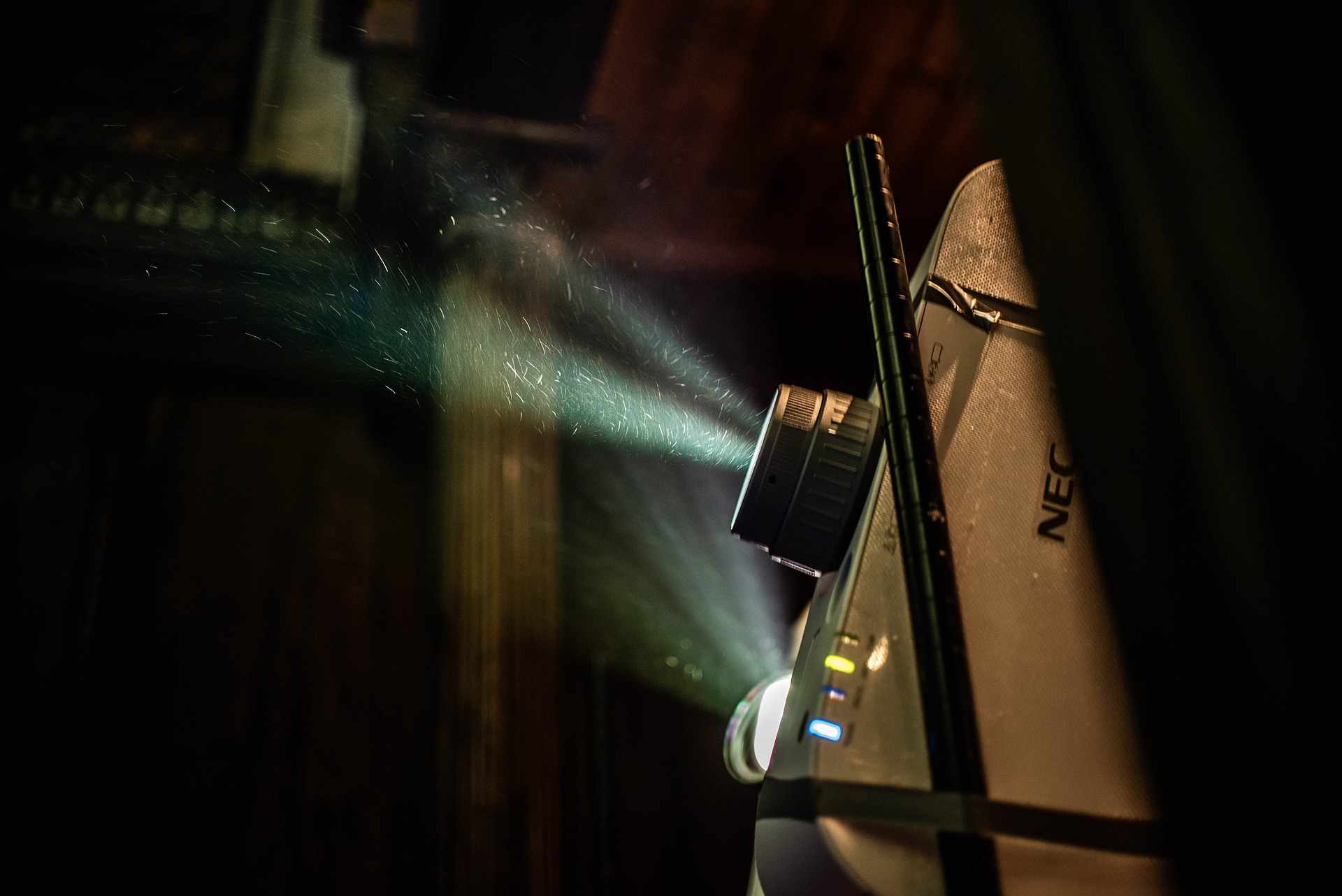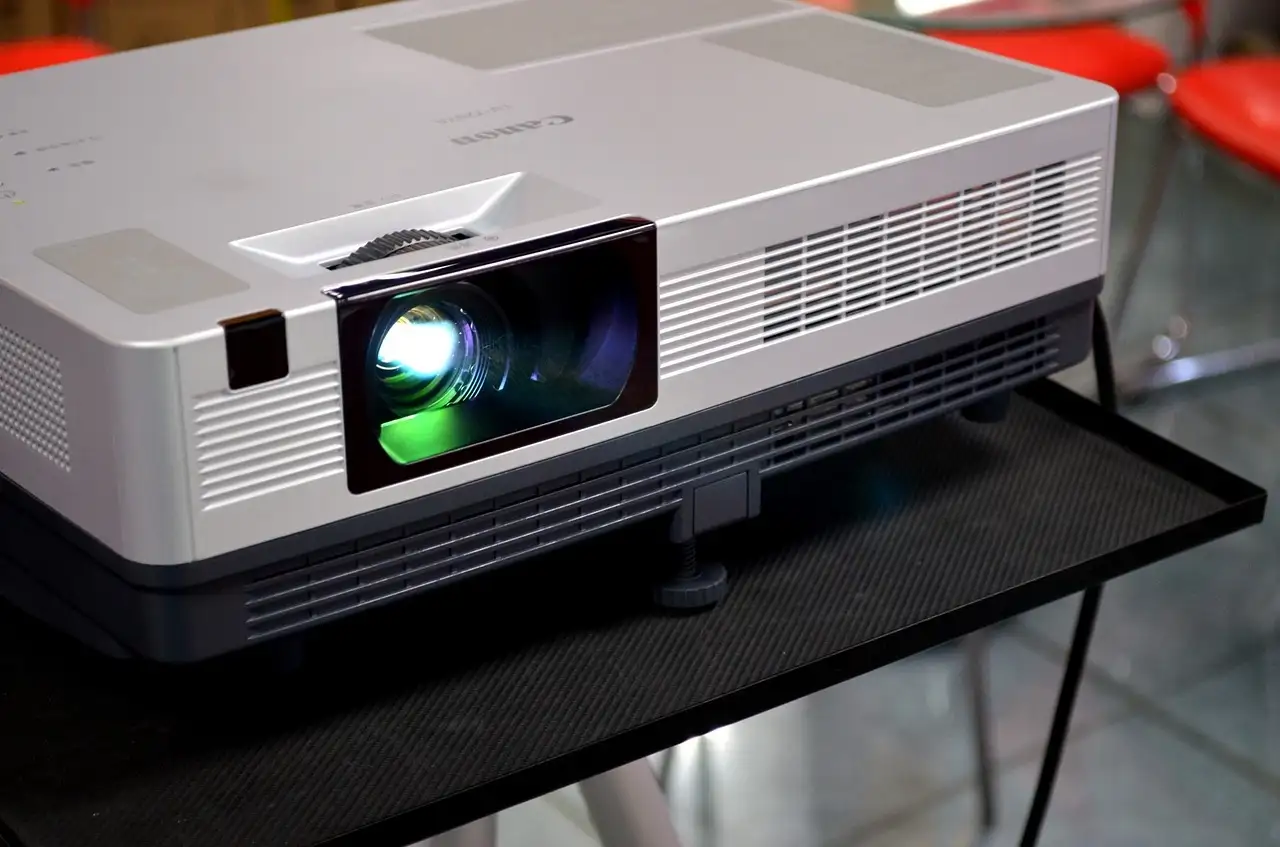Projectors have become an essential tool in a multitude of fields, from professional presentations to recreational uses such as outdoor cinemas or concerts. Let’s Discover the perfect lumen count for your outdoor projectors. Learn about “How Many Lumens for Outdoor Projector” you need for a dazzling outdoor cinema experience. Make your next open-air movie night unforgettable!
For a projector to effectively deliver content, the projected image needs to be bright and clear. This image quality heavily relies on a projector’s lumen output. This article delves into the vital concept of lumens, their significance, factors affecting their selection for outdoor projectors, and the latest trends in the industry.
Unraveling Lumens: Defining the Illumination Unit
Before jumping into the specifics of projector lumens, it’s crucial to understand what exactly a lumen is. Lumens are a unit of luminous flux, a measure of the total quantity of visible light emitted by a source per unit of time. The lumen value indicates the brightness of a light source. This metric is significant for any lighting equipment, projectors included and is typically measured using an integrating sphere, a device that captures and measures light output.
In the context of projectors, lumens denote the brightness of the image being projected. The International Electrotechnical Commission (IEC) is responsible for standardizing these measurements under IEC standard 61947-1, ensuring the measurements are universally comparable.
Lumens: The Lighthouse for Projector Brightness
Brightness is the cornerstone of a projector’s performance, especially in outdoor settings. Outdoor conditions typically present more ambient light than an indoor setting, making it a challenging environment for any projector. Here, lumens take center stage. The higher the lumens, the brighter the projected image, which consequently improves its visibility and clarity amidst ambient light. Therefore, having an appropriate lumen rating becomes paramount when selecting an outdoor projector.
Determining the Required Lumens: Factors in Play
A host of variables influence the lumens required for an outdoor projector. The most notable include:
Ambient Light: Outdoor projectors have to combat environmental light sources. Daylight, street lamps, or even nearby windows can affect the clarity of the projection. Higher lumens are necessary to ensure visibility in brighter environments.
Projection Distance and Size: The distance between the projector and the screen and the desired size of the image directly impact the brightness required. As the distance or the size increases, so does the need for lumens.
Screen Type and Material: The screen’s reflective properties play a crucial role in image visibility. Some screens can enhance brightness, while others may absorb light, necessitating a projector with a higher lumen count.
Type of Content: What you project also matters. For text and data presentations, high-lumen output ensures crisp and clear visibility. In contrast, for movies or video games, a slightly lower lumen count can still deliver good results, as long as the surrounding light conditions permit.

Selecting Lumens: Guiding Lights
Selecting the appropriate lumen rating for an outdoor projector is highly dependent on the event and environment specifics. For small, intimate gatherings with minimal ambient light, a low-lumen projector may suffice. However, for larger events, or those occurring during the day or in areas with significant ambient light, a high-lumen projector is likely necessary.
For a more precise estimation, professional tools and calculators exist to input the screen size, ambient light, and projection distance, providing a recommendation based on these factors.
Higher Lumens: A Balancing Act
Higher-lumen projectors are not without their drawbacks. They tend to be more expensive and larger, leading to higher energy consumption and heat generation. Further, they may need more frequent maintenance, and replacement bulbs can be costly. Considering these trade-offs is crucial when opting for a higher-lumen projector.
Going Beyond Lumens: Contrast Ratio
The contrast ratio measures the difference between the darkest and lightest areas of the image, whereas lumens measure brightness. A higher contrast ratio delivers deep blacks and vibrant colors, enhancing overall image quality. So, while considering the lumen count, also factor in the projector’s contrast ratio.
Projector Types and Their Lumen Outputs
Just like the variety of popcorn flavors at the movies, projectors come in all shapes and sizes. Here’s a brief rundown:
LCD Projectors: These are the most common, and offer between 2,000 to 4,000 lumens.
DLP Projectors: Digital Light Processing projectors can deliver up to 2,000 lumens.
LED Projectors: These are low in terms of lumen output, usually around 1,000, but they’re compact and energy-efficient.
Compensating for Sub-optimal Lumens
If the ideal lumen projector is not attainable, several methods can compensate for lower brightness.
Screen Material: Opting for a more reflective screen material can improve image visibility.
Positioning: Adjusting the projector’s position to minimize the distance to the screen and reduce the impact of ambient light can also help.
Projector Settings: Many projectors have settings that can be tweaked to optimize the image for the available light.
Future of Outdoor Projection: Trends and Advancements
The realm of outdoor projectors is continuously evolving, with advancements focusing on enhancing brightness and improving energy efficiency. The emergence of laser projectors, renowned for their high brightness and long lifespan, is a testament to this trend. Laser projectors, with their high-lumen outputs, could potentially redefine the outdoor projector landscape, and make high-lumen projectors more accessible and efficient.
Real-World Examples: Lumens in Action
Case 1 – Concerts: In 2022, a major music festival used high-lumen projectors (5000+ lumens) to combat stage lights and ensure attendees could clearly see the on-screen visuals.
Case 2 – Backyard Movie Night: A family used a 1000-lumen projector for a backyard movie night. Despite nearby streetlights, the image was visible and clear, demonstrating that even lower-lumen projectors can be effective in specific environments.
Lumens: The Bright Spot in Outdoor Projectors
For better outdoor projection you must know about “How Many Lumens for Outdoor Projector”. Lumens are a critical factor in outdoor projectors. Understanding and correctly assessing the lumen requirement for a specific event can make the difference between a faint, washed-out image and a vivid, engaging viewing experience. As technology advances, lumens continue to be at the forefront of improvements, making outdoor projection more accessible and effective than ever before. When choosing your projector, remember to weigh the lumens against the environmental factors, your specific needs, and any potential trade-offs. Happy projecting!
FAQs
Q: Why are lumens important for outdoor projectors?
A: Lumens are important because they determine the brightness of your projector. The Lumens value indicates the brightness of a light source.
Q: How many lumens need for an outdoor projector?
A: Generally, you need at least 3,000 lumens for small outdoor setups. For larger venues, consider 5,000 lumens or more.
Q: What does contrast ratio mean in a projector?
A: The contrast ratio is the difference between the darkest black and the brightest white a projector can produce. A high contrast ratio offers better image depth.
Q: Are more lumens always better?
A: More lumens can help your image stand out against ambient light. However, too many lumens can wash out your image. Balance is key.
Q: How can I improve my outdoor projector’s performance?
A: Using a high-quality screen, controlling ambient light, and properly positioning your projector can significantly enhance performance.
Q: Is it worth investing in a high-lumen projector?
A: It depends on your setup. For large outdoor viewings with a lot of ambient light, a high-lumen projector might be worth it.







Leave a Reply